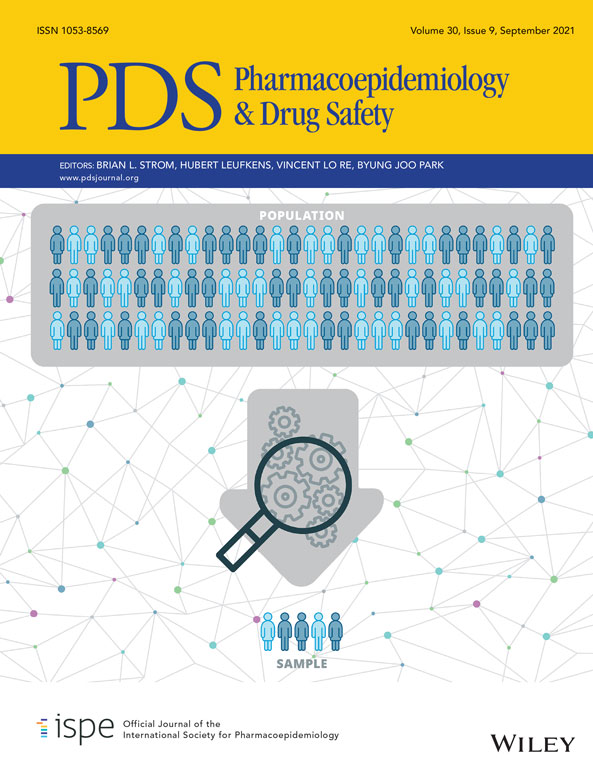Validation of an ICD-10-based algorithm to identify stillbirth in the Sentinel System
This work was presented at the 36th International Conference on Pharmacoepidemiology & Therapeutic Risk Management.
Funding information: U.S. Food and Drug Administration, Grant/Award Numbers: HHSF223201400030I, HHSF22301002T
Abstract
Purpose
To develop and validate an International Classification of Diseases, 10th Revision, Clinical Modification (ICD-10-CM)-based algorithm to identify cases of stillbirth using electronic healthcare data.
Methods
We conducted a retrospective study using claims data from three Data Partners (healthcare systems and insurers) in the Sentinel Distributed Database. Algorithms were developed using ICD-10-CM diagnosis codes to identify potential stillbirths among females aged 12–55 years between July 2016 and June 2018. A random sample of medical charts (N = 169) was identified for chart abstraction and adjudication. Two physician adjudicators reviewed potential cases to determine whether a stillbirth event was definite/probable, the date of the event, and the gestational age at delivery. Positive predictive values (PPVs) were calculated for the algorithms. Among confirmed cases, agreement between the claims data and medical charts was determined for the outcome date and gestational age at stillbirth.
Results
Of the 110 potential cases identified, adjudicators determined that 54 were stillbirth events. Criteria for the algorithm with the highest PPV (82.5%; 95% CI, 70.9%–91.0%) included the presence of a diagnosis code indicating gestational age ≥20 weeks and occurrence of either >1 stillbirth-related code or no other pregnancy outcome code (i.e., livebirth, spontaneous abortion, induced abortion) recorded on the index date. We found ≥90% agreement within 7 days between the claims data and medical charts for both the outcome date and gestational age at stillbirth.
Conclusions
Our results suggest that electronic healthcare data may be useful for signal detection of medical product exposures potentially associated with stillbirth.
CONFLICT OF INTEREST
S.E.A. has received grant support from Pfizer Inc. and GlaxoSmithKline. S.T.B., L.G.T., and D.S. are employed by the U.S. Food and Drug Administration.




